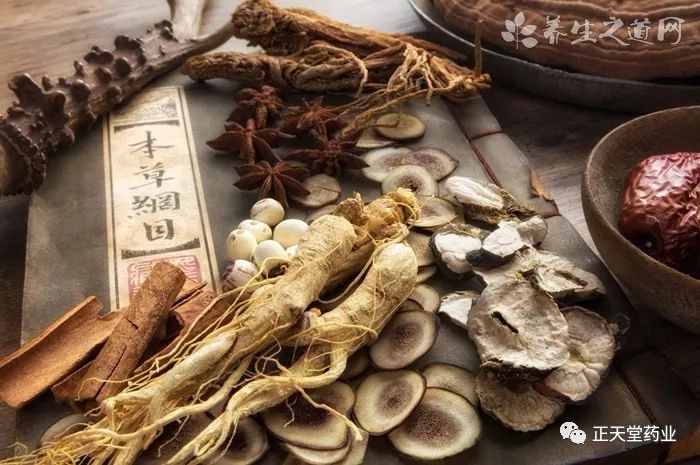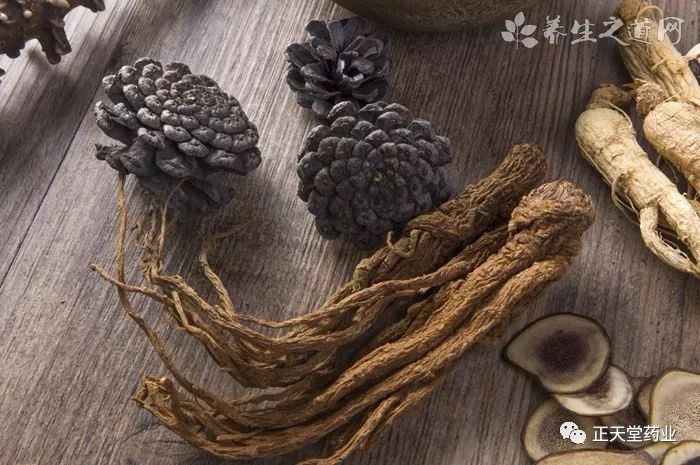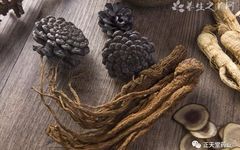1. Dietary Adjustments for Balancing Cold and Heat in the Body
If symptoms of both cold and heat appear simultaneously, it indicates a complex constitution of mixed cold and heat. Therefore, it is advisable to avoid excessive consumption of cold and dry foods. Overeating cold foods can harm Yang Qi, while excessive intake of hot foods can damage Yin fluids and exacerbate heat. It is recommended to consume foods that are sweet, neutral, and easily digestible, alternating or combining cool and warm foods. This approach not only allows for the absorption of the essences of both cool and warm foods but also helps to balance them, avoiding side effects from consuming them separately.
2. Manifestations of Cold and Heat Constitution
2.1. Cold Constitution: Individuals with a “cold constitution” produce low heat energy, resulting in cold hands and feet, a paler complexion than average, easy sweating, loose stools, clear urine, pale skin, a bland taste in the mouth, a preference for hot drinks, and rarely feeling thirsty. Even in the hot summer, they may feel uncomfortable in air-conditioned rooms and need to drink hot tea or wear a jacket to feel comfortable.
2.2. Heat Constitution: Individuals with a “heat constitution” produce increased heat energy, feeling warmer, with a flushed complexion, easy thirst, a preference for cold drinks, yellow and scanty urine, and feeling comfortable in air-conditioned rooms. Such individuals should avoid warm and hot foods; instead, they should consume some cooling and moistening foods to maintain body balance and reduce the overall sensation of heat.
2.3. Deficiency and Excess Constitution: “Deficiency constitution” is caused by a decline in vitality, leading to a lack of spirit. “Excess constitution” is characterized by easy heat, abdominal distension, irritability, coarse breathing, and constipation. Besides these classifications, there is also the possibility of a mixed constitution of cold and heat, which can be roughly divided into “cold and slightly cold” and “heat and slightly hot,” or categorized generally.
3. Key Points for Differentiating Cold and Heat Syndromes
To differentiate between cold and heat syndromes, one should not rely solely on a single symptom but rather conduct a comprehensive observation and analysis of all disease manifestations, especially preferences and aversions to cold and heat, thirst or lack thereof, complexion (red or pale), temperature of the limbs, urination, stool characteristics, tongue appearance, and pulse. The “Medical Insights: Differentiating Cold and Heat, Deficiency and Excess, Yin and Yang” states: “The cold and heat of a disease is entirely reflected in thirst or lack of thirst, whether water is consumed or not, preferences for hot or cold foods, irritability or cold extremities, the duration and color of urination, the consistency of stools, and the pulse rate. If there is thirst and the ability to consume water, a preference for cold foods, irritability, short and red urination, and hard stools with a rapid pulse, this indicates heat. If there is no thirst and an inability to consume water, a preference for hot soup, cold hands and feet, clear and long urination, loose stools, and a slow pulse, this indicates cold.” This can serve as a reference for distinguishing between cold and heat syndromes.

Conditions of Cold and Heat in the Body with Fever
Intermittent chills and fever. Chills and fever alternate. If the episodes are irregular, it is often seen in Shaoyang disease; if regular, it is more common in malaria, or it may be caused by Qi stagnation. Malaria should be treated in a hospital.
Chills with fever. Feeling cold while having a high body temperature, and covering oneself with blankets or adding clothes does not alleviate the discomfort. This is often caused by infectious diseases, such as upper respiratory infections, pneumonia, urinary tract infections, and intestinal infections in the early stages. It is best to seek medical attention promptly.
Only cold, no heat. Feeling cold without fever, and alleviated by adding clothes or blankets. If there is also a pale complexion and cold limbs curled up, it often indicates chronic deficiency diseases. It is recommended to keep warm, avoid cold foods, or take some warming Chinese herbal medicine. If there is localized cold and pain, it is often due to acute diseases, such as being chilled or frozen, requiring timely warming and removal of cold.
Only heat, no cold. Feeling hot without fear of cold. High fever: persistent high fever is often seen in severe cases of pneumonia, bacterial dysentery, and urinary tract infections, accompanied by a flushed face, thirst, and profuse sweating. In this case, besides cold compresses and rehydration, it is crucial to send the patient to the hospital as soon as possible. Low-grade fever: a mild fever (not exceeding 38 degrees Celsius) or merely a subjective feeling of heat is often seen in Yin deficiency heat and Qi deficiency heat, and it is advisable to use Chinese medicine for adjustment.

Skin Hazards of Cold and Heat in the Body
1. Red and swollen acne
Due to a hot and dry constitution with excessive internal heat, individuals with a heat constitution are particularly prone to “getting heat”. Large, hard red and swollen acne often appears on the cheeks, forehead, and chin. This can be a significant blow to anyone’s appearance. Therefore, it is essential to avoid spicy and greasy foods.
2. Oily skin
The imbalance of water and oil in the skin is also closely related to a hot and dry constitution. Individuals with a heat constitution usually have a higher body temperature, leading to abnormal endocrine activity, making the skin prone to oiliness. This not only enlarges pores but also causes makeup to not adhere well, leading to easy makeup removal.
3. Physiological acne
Individuals with a cold constitution are particularly prone to circulation issues. For example, in winter, cold hands and feet are a typical manifestation. This is because the blood circulation is slower in those with a cold constitution, and hormone secretion is more easily affected, leading to irregularities, making it easier to develop red and swollen acne before and after menstruation, as well as menstrual pain issues.
4. Dull skin tone
Also due to a cold constitution, low body temperature leads to internal circulation disorders, severely affecting detoxification functions. Long-term accumulation of toxins can lead to dull skin tone, facial spots, and other issues. Particularly, skin wounds heal slowly and are prone to scarring.

